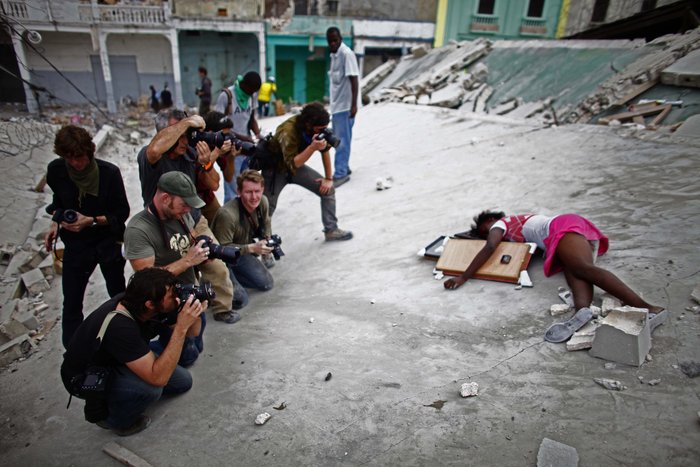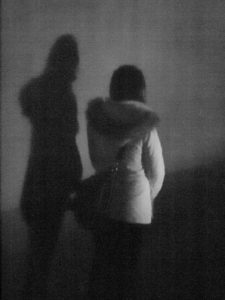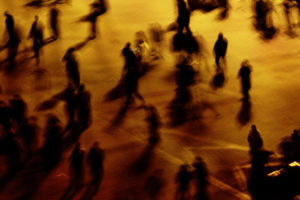What is rule of the camera?
Rules of the camera are the conventions associated with the development of certain imagery depicting weird and unusual methods to take them, by doing so this can create abstract and often realistic products due to it providing varying insights into the perspective of how we perceive things. From this it can bring light to what and how we see as the invisible world around us, not present unless observed, however it does suggest that cameras that demonstrate the main methods of producing photos can be changed with methods such as microscopes etc.
One interpretation of the rule of the camera is the discovery of the human body, here we can use the camera as a relationship between the living bodies, and the representation they hold regarding the situation they’re in. By exploring the means of the process in use, and how our cameras can develop our perspective and expression of how we perceive and think about the world around us, it completely disregards any previous views of methods being used just as a technique and piece of equipment. Some examples of this can can be seen in the mood board bellow:
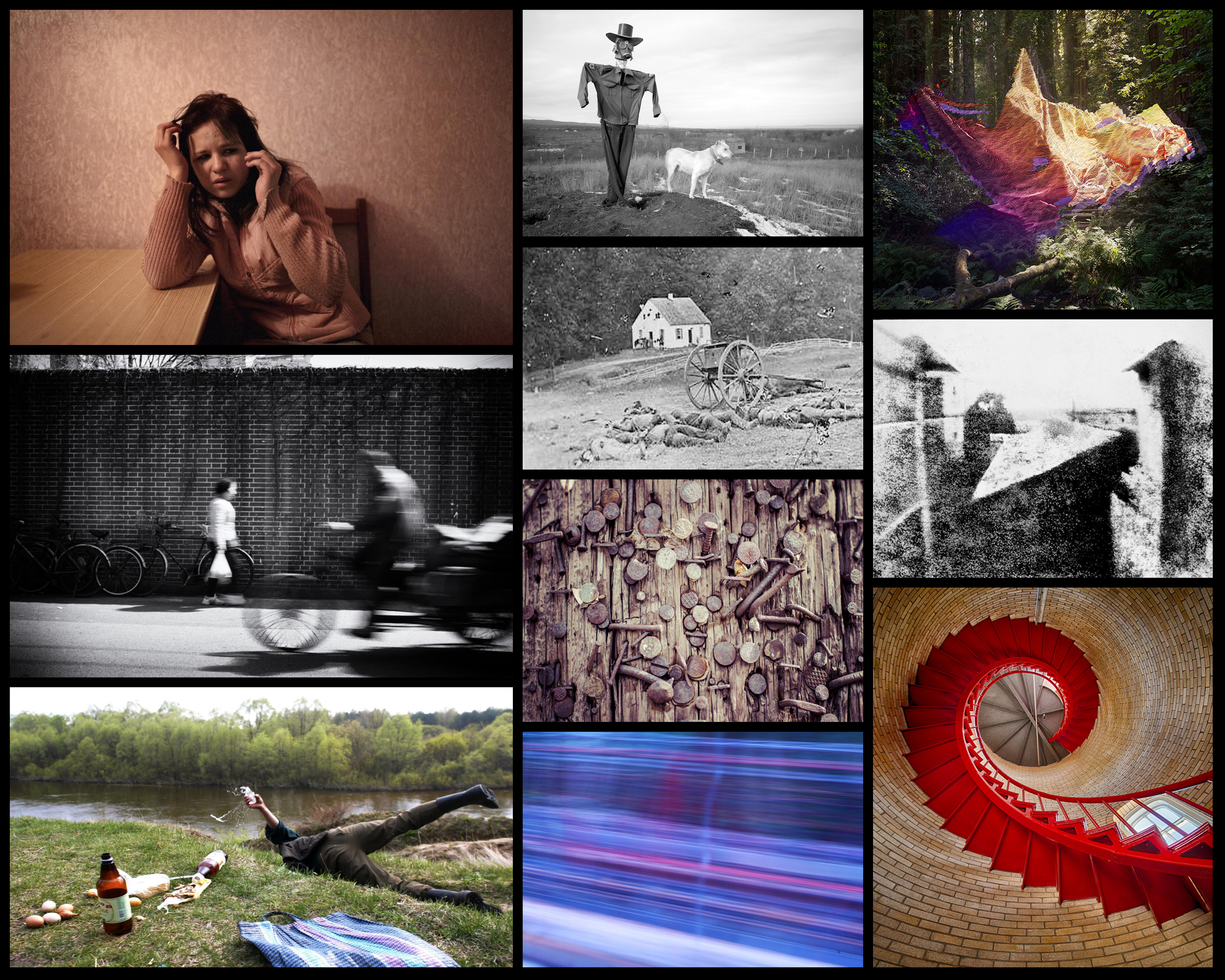 Above we can see that there seems to be a predominantly abstract and surreal theme within each photo, this is presented through bright and unusual colors composed in odd and unique ways. When studying these photos there seems to be a lot of shutter speed and exposure use, by doing so it can create scenes otherwise invisible to the naked eye allowing for aesthetically pleasing results. To understand what could be interpreted as Rule of The Camera I decided to analyse one of the images related to the topic, by doing so this would expand my stance on how I went around photographing my chosen area of political landscapes, consumerism. Here is an example of one of the many ways the topic can be explored:
Above we can see that there seems to be a predominantly abstract and surreal theme within each photo, this is presented through bright and unusual colors composed in odd and unique ways. When studying these photos there seems to be a lot of shutter speed and exposure use, by doing so it can create scenes otherwise invisible to the naked eye allowing for aesthetically pleasing results. To understand what could be interpreted as Rule of The Camera I decided to analyse one of the images related to the topic, by doing so this would expand my stance on how I went around photographing my chosen area of political landscapes, consumerism. Here is an example of one of the many ways the topic can be explored: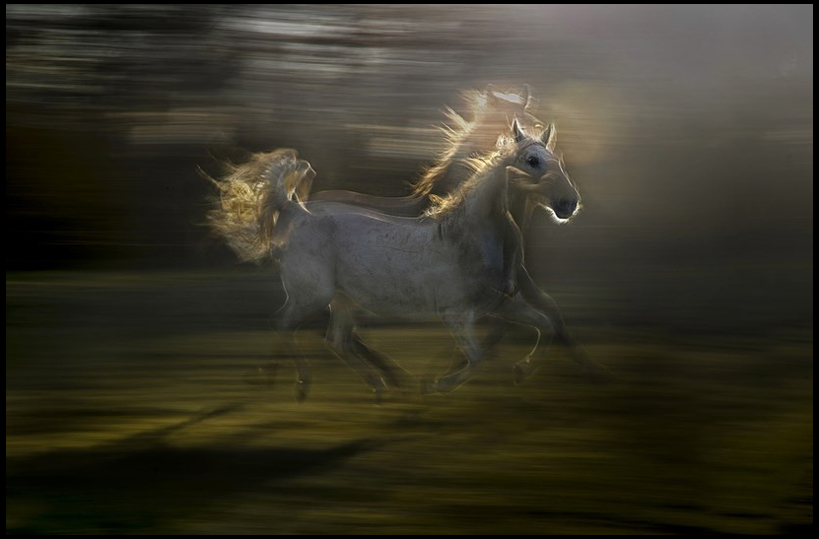 Technical: The image itself uses two overlapped images, one consisting of a higher shutter speed and the other overlying one being slower. By doing this when overlapped it creates an image depicting the horse in an act of rapid movement, the is emphasized by the blurred backdrop which wishes to capture the horse in the midst of galloping. This blur is also accompanied with a low exposure which defines the figure of the horse more against the trees, on top of this a black gradient border is used to light only the horse and a small radius around it. Due to this a more sinister feel is created outside the center of the piece, as it shrouds the vegetation from further detail.
Technical: The image itself uses two overlapped images, one consisting of a higher shutter speed and the other overlying one being slower. By doing this when overlapped it creates an image depicting the horse in an act of rapid movement, the is emphasized by the blurred backdrop which wishes to capture the horse in the midst of galloping. This blur is also accompanied with a low exposure which defines the figure of the horse more against the trees, on top of this a black gradient border is used to light only the horse and a small radius around it. Due to this a more sinister feel is created outside the center of the piece, as it shrouds the vegetation from further detail.
Visual: Visually the photograph uses the horses movement as the focal point for the piece, evident through the blackened border boxing the horse into center composition. This lightened middle contrasted with the darkness allows for an aesthetically pleasing result, because of this contrasting light it prevents the backdrop from becoming too eye sore to the viewer, instead softening the floor and trees by blending it with shadows.
Conceptual: The photograph is meant to capture the movement of the horse mid run, overlapping different positions the horse takes on whilst doing so. This is an attempt to capture the wild side of a usually domesticated animal, and so by associating it with woods and fields this feeling is created consequentially.



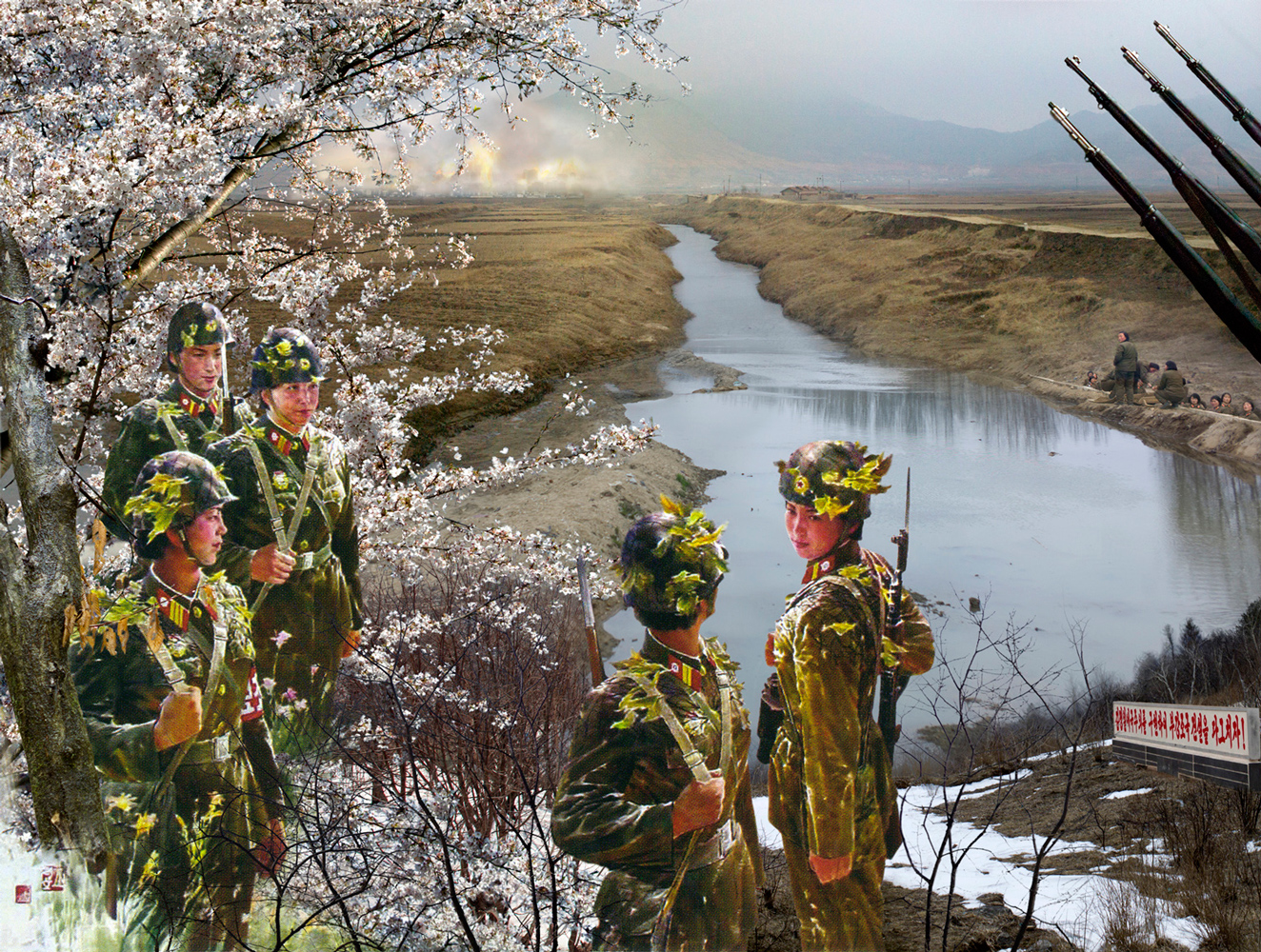

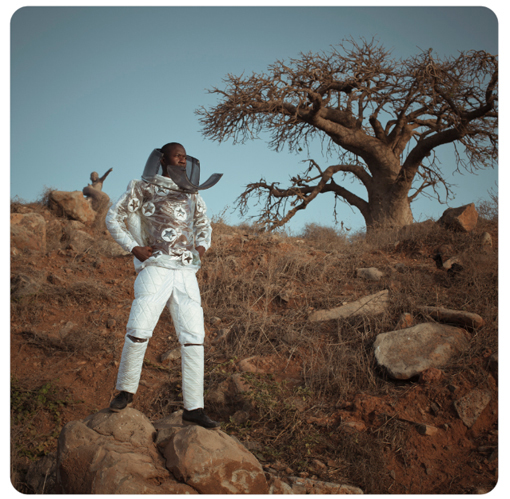









 With North Korea, a Life Between Propaganda and Reality, she won the Photo Folio Review at the Rencontres d’Arles 2014 and the first prize at the Fine Art section of the Moscow International Foto Award in 2015.Her personal projects have taken her from China to Cuba and recently to Pakistan.
With North Korea, a Life Between Propaganda and Reality, she won the Photo Folio Review at the Rencontres d’Arles 2014 and the first prize at the Fine Art section of the Moscow International Foto Award in 2015.Her personal projects have taken her from China to Cuba and recently to Pakistan.
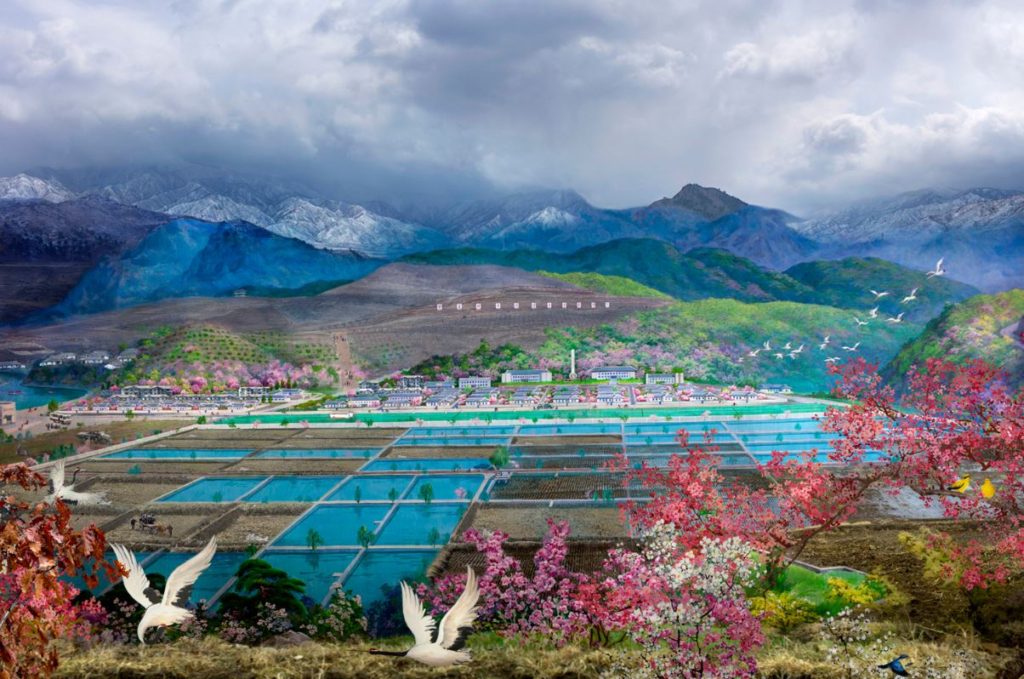
 When looking over images of local quarries I found that the layering of the landscape appealed to me the most, as it presented the viewer with something not necessarily seen in general, being sure to attract the viewer’s attention in. This is accompanied by the use of weird and unusual machinery which when looking over provides quite a menacing intricate design, which once included with the landscape around it could compliment each other well. By presenting these images in a way that could provide evidence of harmful scarring of the environment I believe that the outcome would really highlight the granite industry.
When looking over images of local quarries I found that the layering of the landscape appealed to me the most, as it presented the viewer with something not necessarily seen in general, being sure to attract the viewer’s attention in. This is accompanied by the use of weird and unusual machinery which when looking over provides quite a menacing intricate design, which once included with the landscape around it could compliment each other well. By presenting these images in a way that could provide evidence of harmful scarring of the environment I believe that the outcome would really highlight the granite industry.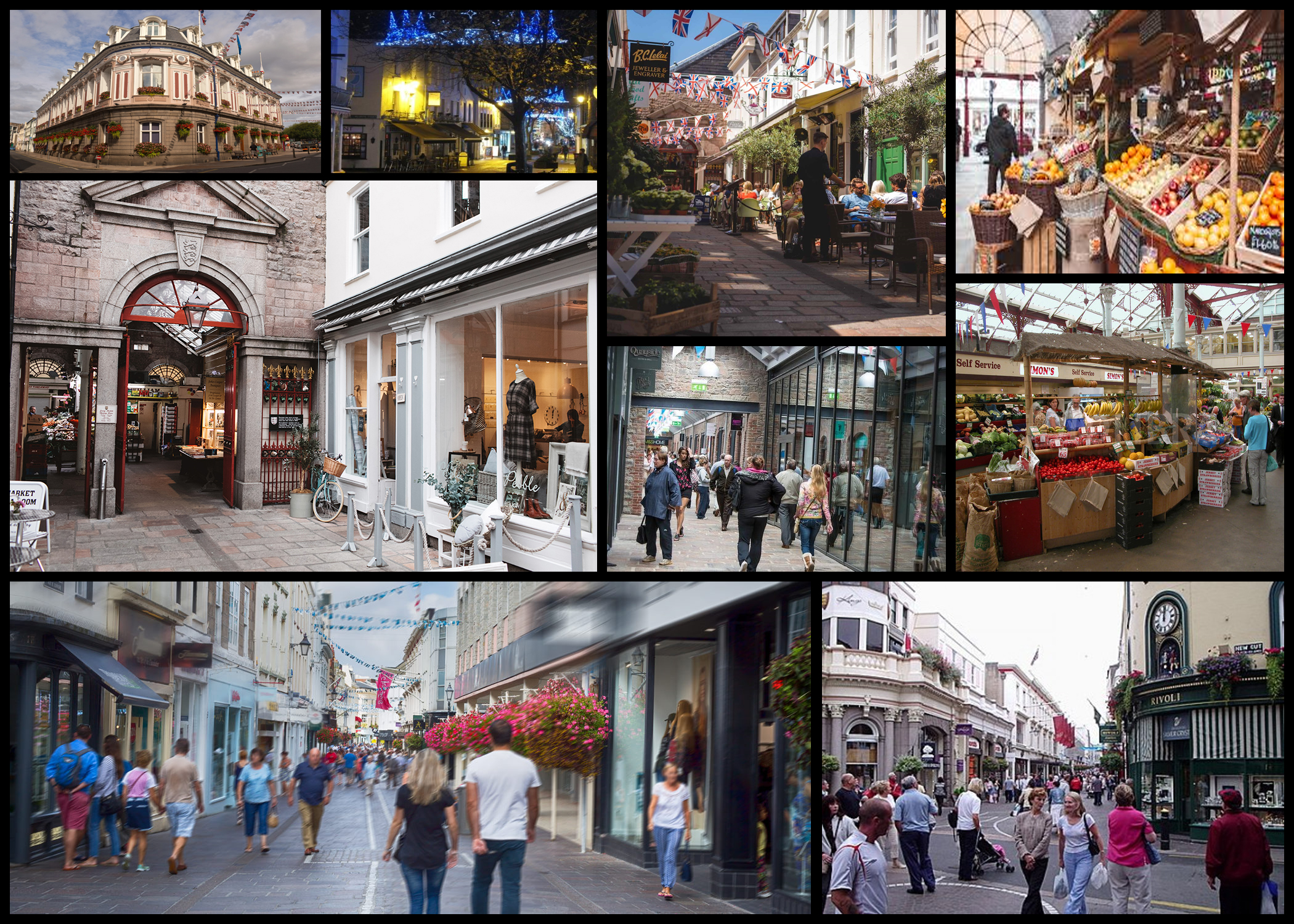 When looking over the ideas a really like the thought of going into shops and photographing lines of products and the variety of colours they could come in. I don’t think the areas in St Helier would present me with the atmosphere desired for the effects wanted when taking images, leading my shoot to probably branch out on a local level rather than island wide as the bustle would be too much. As well as this I wanted to capture the coldness of empty isles in the shop, such as the meat aisle that when left alone could provide a rather eerie look.
When looking over the ideas a really like the thought of going into shops and photographing lines of products and the variety of colours they could come in. I don’t think the areas in St Helier would present me with the atmosphere desired for the effects wanted when taking images, leading my shoot to probably branch out on a local level rather than island wide as the bustle would be too much. As well as this I wanted to capture the coldness of empty isles in the shop, such as the meat aisle that when left alone could provide a rather eerie look. What appealed to me here was the industries that surrounded the waste at the end of the road leading up to it. I found this to be a great reflection of how we ended our consumerism as the structures that consisted in the area generally had a grim exterior that the waste which was dumped there. When eventually doing the shoot I would make sure to incorporate the greenery into the picture which would provide contrast to most of the images, our environment vs industrialisation of the land.
What appealed to me here was the industries that surrounded the waste at the end of the road leading up to it. I found this to be a great reflection of how we ended our consumerism as the structures that consisted in the area generally had a grim exterior that the waste which was dumped there. When eventually doing the shoot I would make sure to incorporate the greenery into the picture which would provide contrast to most of the images, our environment vs industrialisation of the land.
